Researchers turn to nanotechnology to boost the detection of pathogens, including SARS-CoV-2.
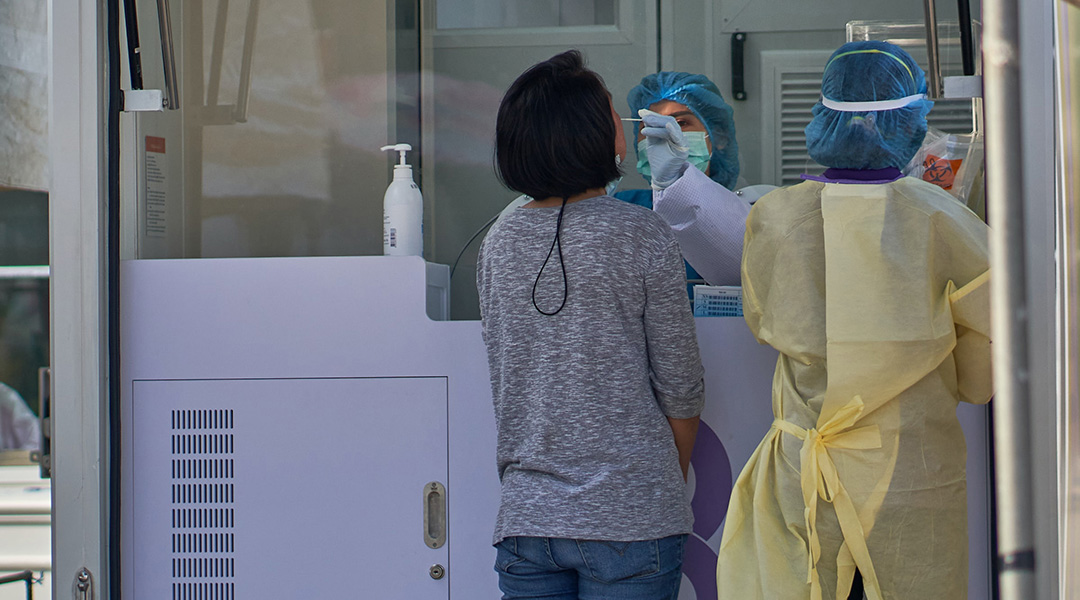

Researchers turn to nanotechnology to boost the detection of pathogens, including SARS-CoV-2.
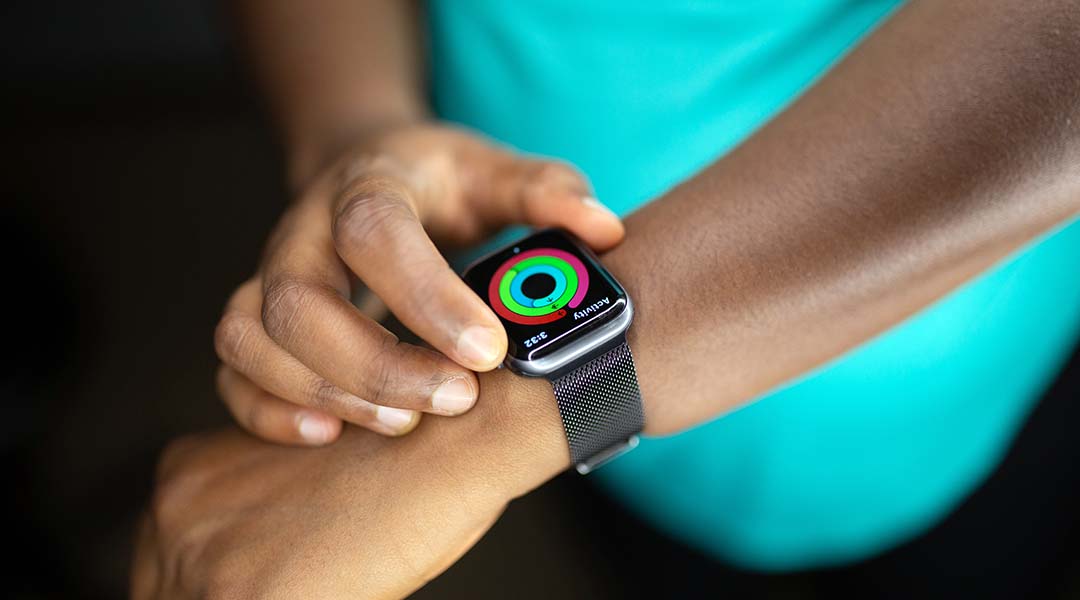
A novel hydrogel component could increase the life cycle of cheap, safe, environmentally friendly, and energy-efficient batteries.

Using sound fields to trap particles and mold matter in complex shapes, scientists are taking 3D printing to the next level.
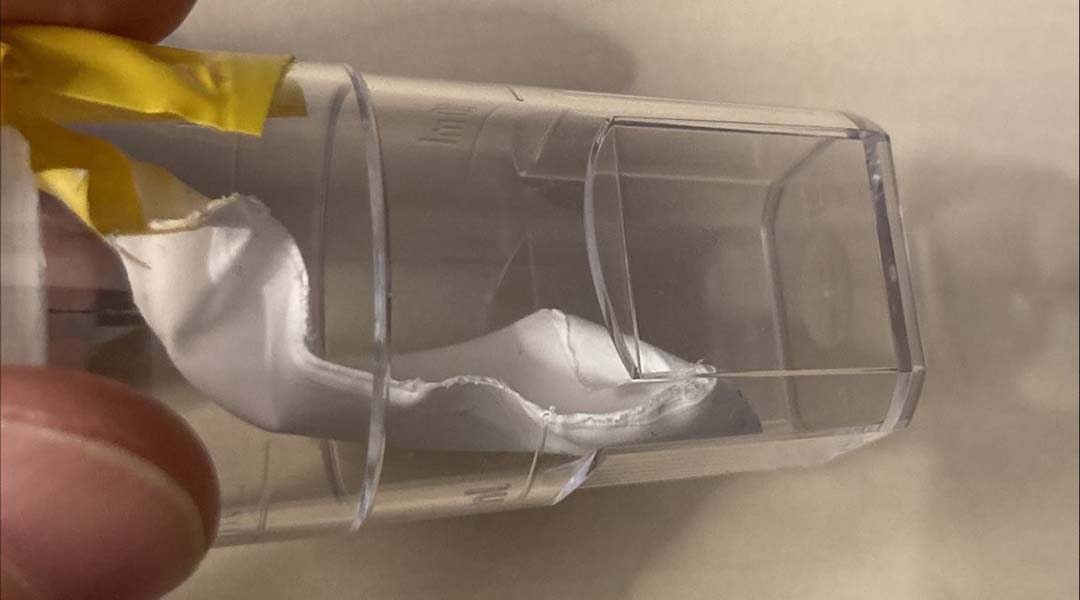
A new triboelectric laminate can convert movement to electricity 400 times more efficiently in wearable and implantable technologies.

The replacement of rigid parts could help robots more closely mimic the humble worm to help them squeeze into tight spots.
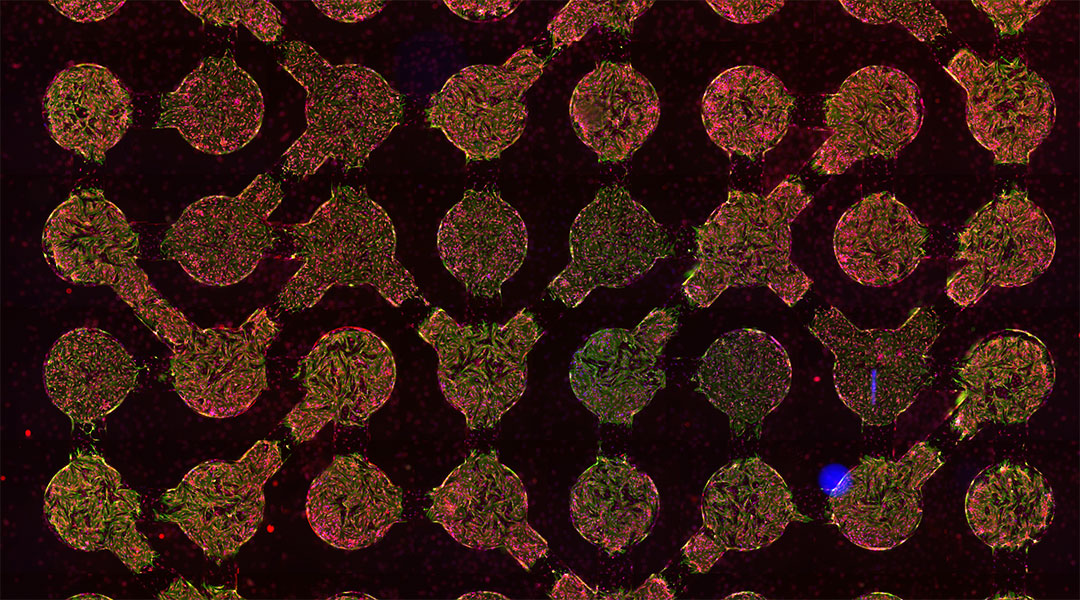
A biocomputer built from connected heart cells solves computational problems with high accuracy and at a low computational cost.
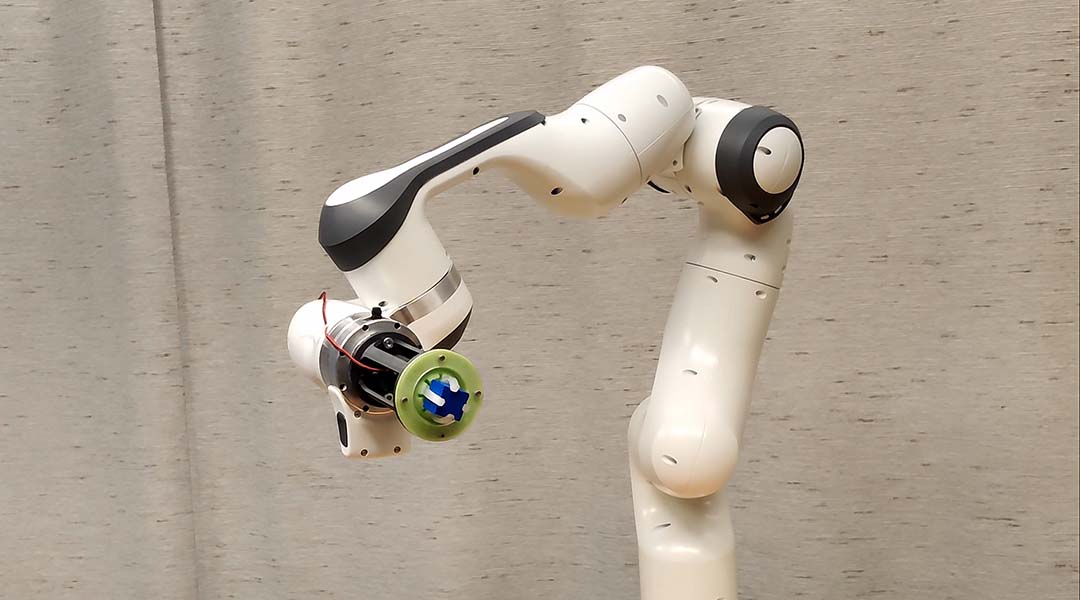
An innovative design allows for sensitive soft robots that can navigate difficult tasks and environments without bulky sensors.
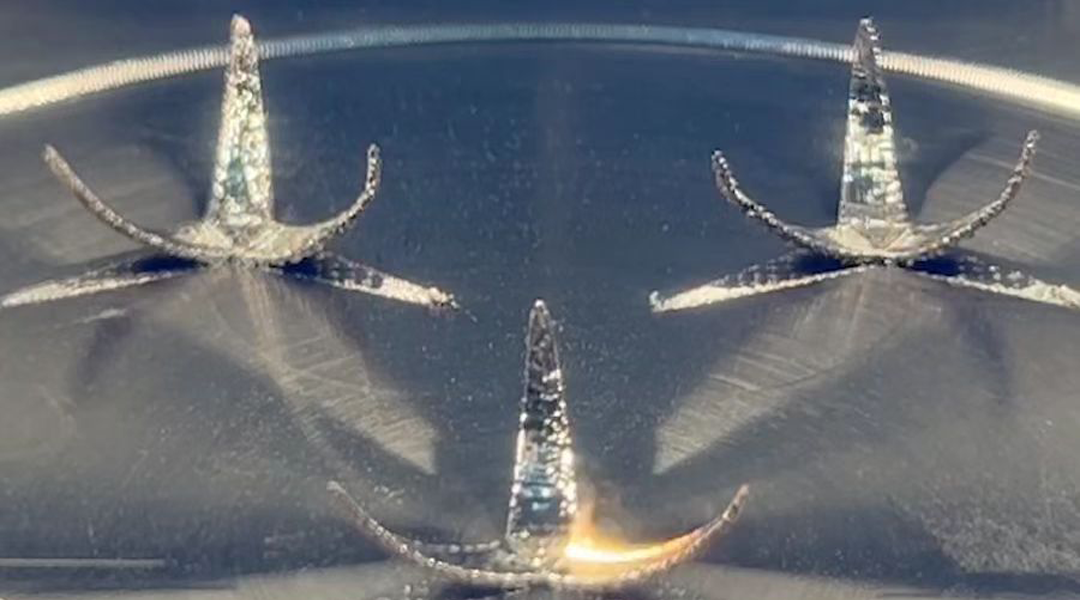
4D printing of metallic shape-morphing systems can be applied in many fields, including aerospace, smart manufacturing, naval equipment, and biomedical engineering.

People cannot reliably tell whether a text is produced by a human or a machine — but subconscious neural activity reveals the true identity.
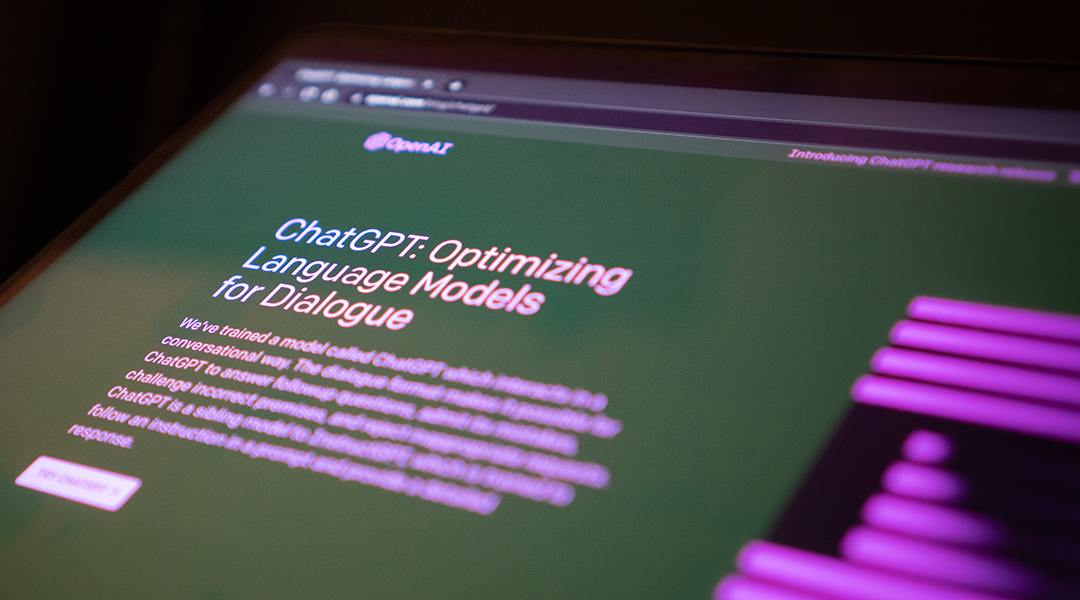
Crediting ChatGPT as an author on scientific papers has sparked debate around the role it should play in the scientific literature.